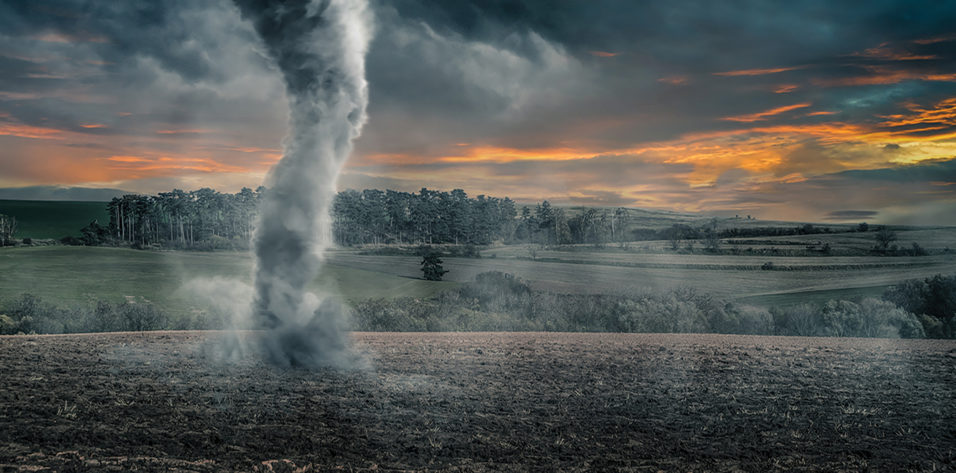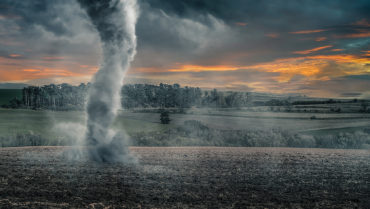Looking back, 2017 was quite a year, and it showcased epic amounts of controversy and tragedy. As if investigations into Russian interference in the US election; devastating mass shootings, including those in Las Vegas and in Parkland, Florida; ballistic missile testing in North Korea; NFL players’ protests during the US National Anthem; and the barrage of sexual misconduct allegations and the #MeToo movement weren’t enough for the year’s highlight reel, the world also experienced an onslaught of natural disasters.
Arguably causing the most widespread damage in 2017 was the trio of hurricanes that gained traction over the Atlantic Ocean in August and September—Hurricanes Harvey, Irma, and Maria. These storms left a trail of devastation across Florida, Texas, Puerto Rico, and the US Virgin Islands. During Hurricane Harvey, an estimated 24 to 34 trillion gallons of rain fell over Houston alone. Totaling more than 4 feet of accumulated rainfall, Hurricane Harvey broke the record for the most amount of rain produced by a single tropical storm.1
Hurricane Maria wreaked havoc in the US Virgin Islands and caused more than 1,000 deaths. That storm also left Puerto Rico to endure the longest blackout in US history.1 Likewise, Hurricane Irma, the strongest Atlantic basin hurricane ever recorded outside the Gulf of Mexico and the Caribbean Sea, affected at least nine US states across its 12-day duration and damaged about 95% of the buildings on the island of Barbuda.2 Across the areas affected by the storm, approximately 5.6 million people were evacuated.
Moving from water to fire, dry lands from California to Portugal were relentlessly scorched by wildfires this past year; 2017 marked that West Coast state’s most destructive wildfire season to date. The Tubbs Fire in Northern California spread so quickly and unapologetically that it killed 22 people and damaged more than 5,600 buildings.1
As a result of these and other natural disasters, an estimated 4.7 million people in the United States registered with the Federal Emergency Management Agency to request federal disaster aid.1 Further, 2017 marked a record year for the number of billion-dollar disasters on record, and the National Oceanic and Atmospheric Administration estimated that the storms, fires, floods, and extreme heat waves caused at least $306 billion in damages.
Obviously, such events are catastrophic. With a quick visit to a few websites, it is easy to detail the damage and destruction they have caused. But there is more to these storms than just record-breaking numbers and statistics. What about their effects on the lives of the people who weathered those storms?
In the following series of articles, some of your colleagues open up about how they have dealt with various devastations in the past, including some of the natural disasters that occurred in 2017. Others tell stories of traumatic life events and episodes that have limited their abilities to practice ophthalmology.
A sincere thank you to our participants for being so forthcoming about the tribulations they have endured. There are things to be learned from each one.
Laura Straub
Editor-in-Chief
1. Irfan U, Resnick B. Megadisasters devastated America in 2017. And they’re only going to get worse. https://www.vox.com/energy-and-environment/2017/12/28/16795490/natural-disasters-2017-hurricanes-wildfires-heat-climate-change-cost-deaths. Accessed February 28, 2018.
2. Irma: A hurricane for the history books. https://www.cnn.com/specials/hurricane-irma. Accessed February 28, 2017.




